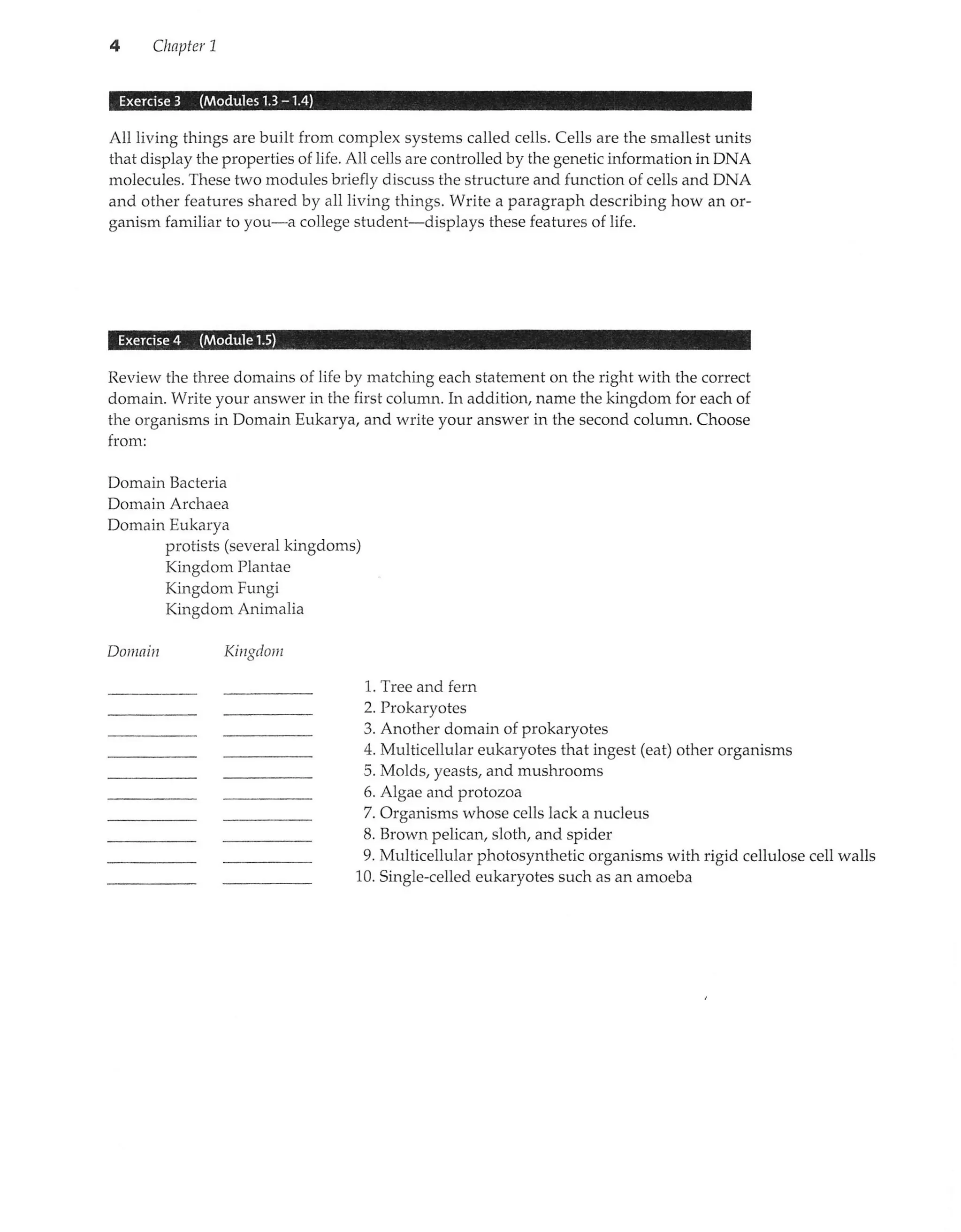This document discusses the scientific method and how it was applied to study a newly discovered species of butterfly. A zoologist observed that predatory birds avoided brightly colored butterflies. She hypothesized that the butterflies may taste bad as a defense. She tested this with controlled experiments, finding evidence that the bright colors serve as a warning and the butterflies do taste bad. Repeating the experiments supported her hypothesis that natural selection led to this adaptation.





![Lt L6 L.J c
the birds don't like? The researcher had a hunch; she suspected that the striped butter-
flies tasted bad and that their bright colors acted as a sort of "warning" to predators to
stay away. This kind of tentative explanation is called a 8--.--.-.-.
The zoologist decided to test this in the laboratory, under conditions that she
could manipulate and monitor. Such a test is called a controlled 9
She captured insect-eating birds native to the area and put them in cages at a nearby re-
search station. Then she netted a number of brightly striped butterflies and their black
cousins. For her first experiment, she allor,r,ed the birds to choose between a black butter-
fly and a striped one. The birds invariably chose the black butterflies and avoided the
striped ones. This confirmed her field observations.
But did the striped butterflies taste bad? The researcher set up another controlled
experiment, designed to compare an 10 group-striped butterfl ies
rn'ith their wings painted black-with a i1 group of "normal" striped
butterflies. (Actually, the "normal" butterflies were also handled and painted with clear
paint, so that only one 12 wouid differ between the two groups.) Her
hypothesis led the zoologist to make a 13 about how she thought the
experiment would turn out: f the stripes really acted as a warning, then the birds would
be fooled and eat the butterflies when the stripes were corered-and that the striped
f
butterflies tasted bad, then the birds would spit them out. Such "if-then" thinking is
called la and is an important feature of hypothesis-driven science.
]ust as the researcher hypothesized, the birds chose the black-painted butterflies
in every trial. Also, most of the birds quickly spat out the black-painted butterflies, and
those that swallowed the butterflies became ill. Just to cover things, the zoologist per-
formed another experiment in which she painted the wings of the edible black-winged
butterflies. The birds ate them with gusto, demonstrating that the paint itself was not dis-
tasteful and produced no ill effects.
After repeating the experiments several times, the researcher wrote a paper de-
scribing her hypothesis, experiments, results, and conclusions. It was published in the
lournnl of Tropicnl Entotnology. There other scientists could read about the experiments,
repeat and expand upon them, even challenge the results-all part of the process of
science.
After reading these modules, and without referring back to the text, list six ways in which
you think the science of biology and its technological applications may affect society in
the next decade. Which of these are primarily scientific? Which are technological? Are any
of them related to evolution, the core theme of biology? A/hich do you think will have the
most effect on you personally in the coming years?](https://image.slidesharecdn.com/ch1homework-100829203312-phpapp01/75/Ch-1-homework-6-2048.jpg)